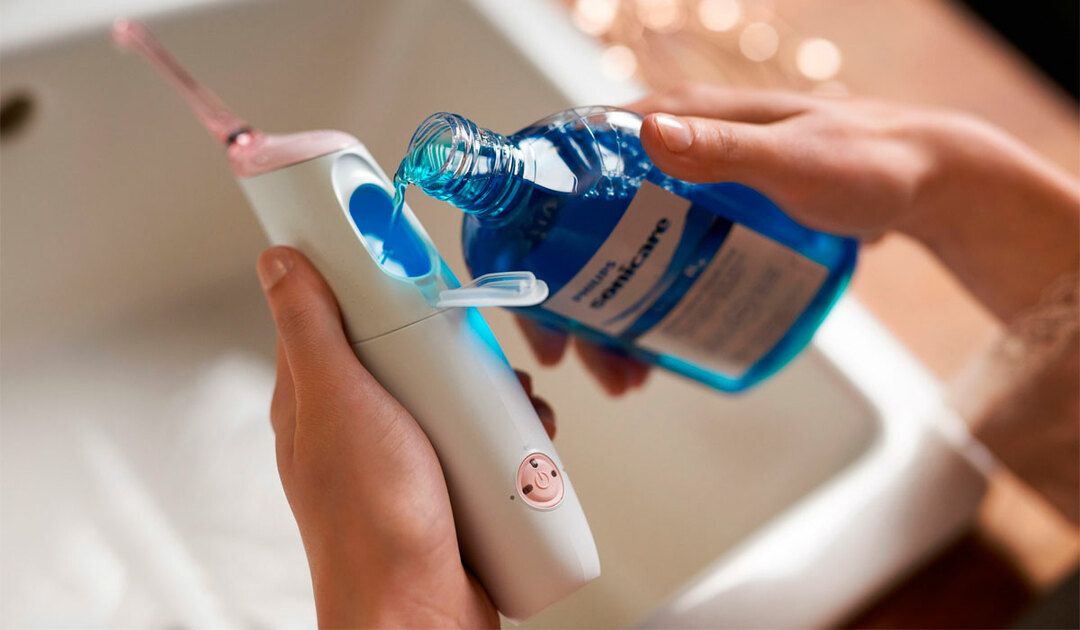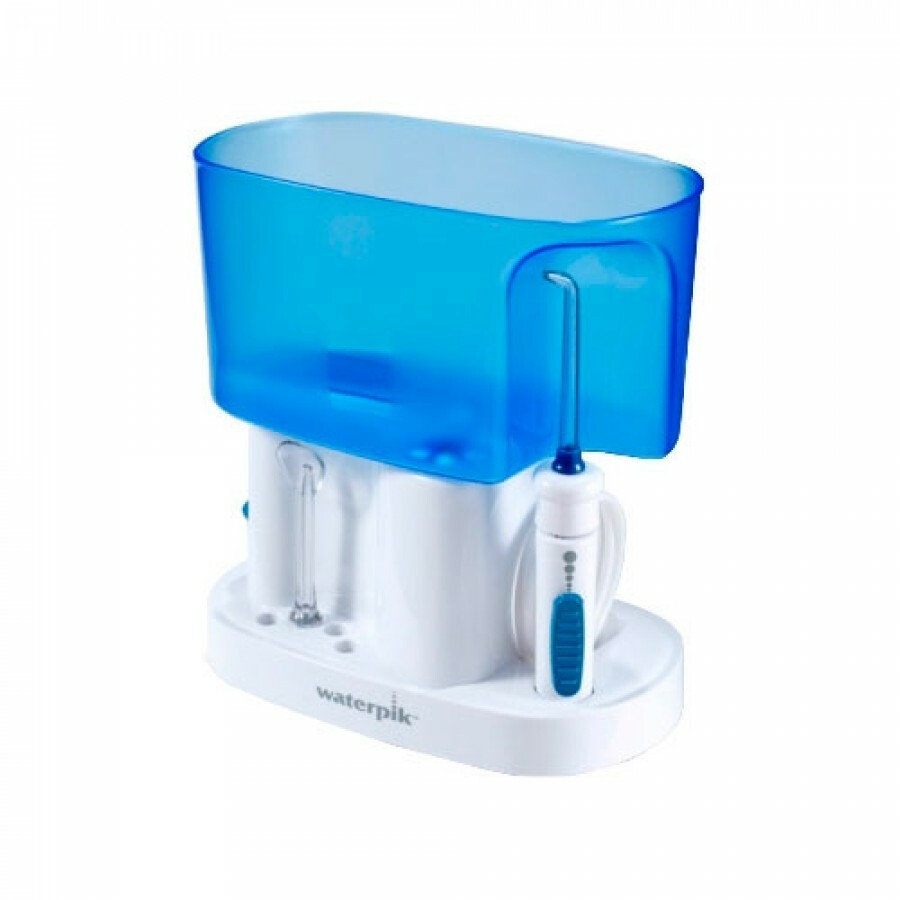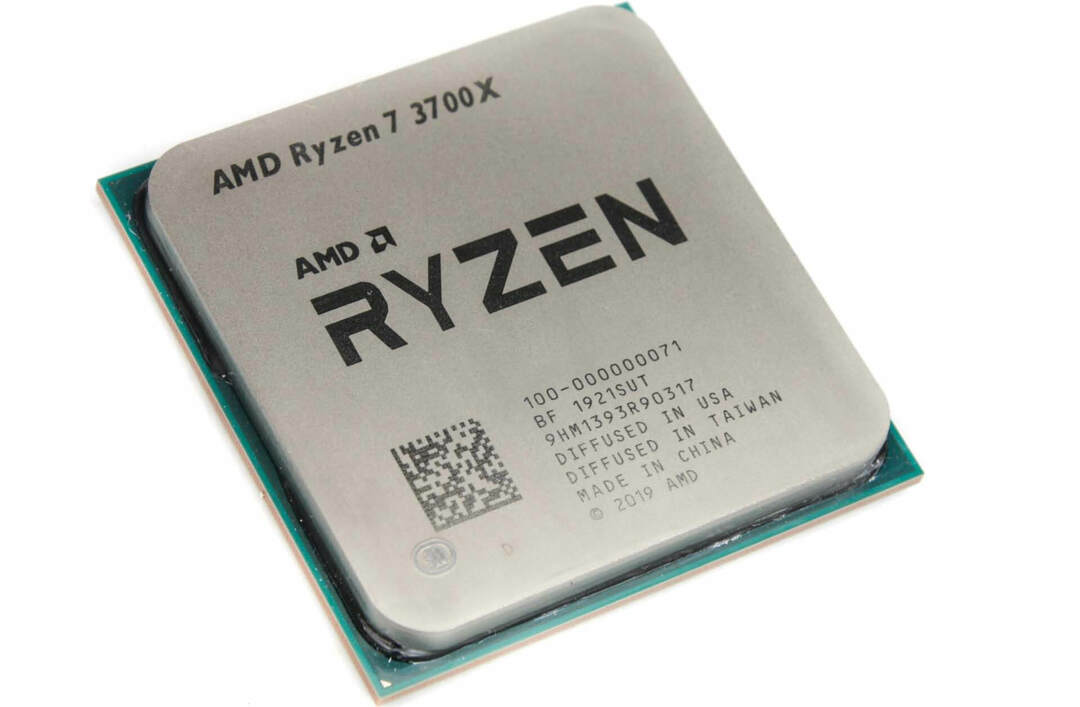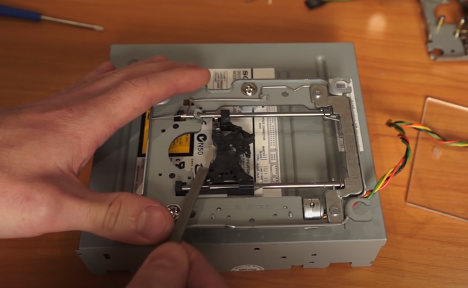
prom.ua
Have you bought yourself an irrigator and want to experiment, but do not know what you can add to the irrigator? This article is for you. Read on - what can be added to the irrigator so as not to break it, what to do if the product runs out, how to choose the right product for the irrigator.
An irrigator is a device for cleaning teeth from plaque. The cleaning process occurs by exposing the teeth to a jet of water or other liquid. Used in dentistry, medicine and home use. The irrigator has a working head through which a jet is supplied, a reservoir for liquid, a handle, and an optional hose. Fluid is pumped inside the device and sprayed out at controlled pressure. If you have sensitive gums, you can change the pressure and jet speed. The irrigator is used for oral cavity disinfection before/after oral surgery, prevention, removal plaque from the teeth, stopping the development of caries, pathological diseases and in other medical purposes. The device affects all teeth, gums, tongue, interdental space, key points.
Water or other liquid is poured into a special tank of the device, which is then fed to the teeth. The question is what can be poured into this tank so as not to break the irrigator.
Tap water. Let's say right away that you can add tap water to the irrigator, but before that it needs to be cleaned - boil to get rid of microorganisms / other contaminants, and cool to avoid damaging components devices.
rinse aid. Yes, rinse aid can be added to the irrigator. The device will work in the same way as with water, if these are factory products. If the liquid was made independently, then you need to filter it before pouring it into the irrigator. Otherwise, you may damage your mouth or clog the device, causing it to fail. For user safety, highly concentrated mouthwashes are recommended to be diluted with water.
Chlorhexidine. No, pure chlorhexidine cannot be poured into the irrigator. Too high a concentration will chemically burn the mouth and affect the health of the user. Chlorhexidine is available in many irrigator medications at safe concentrations.
Professional tools. Usually, either filtered water or professional medical supplies are poured into the irrigator - balms, liquids for the irrigator. They have medicinal properties. They include fluorine, calcium, minerals and more, and some also contain chlorhexidine with a small concentration. To safely use these liquids, you need to make a solution out of them - mix with water in a certain proportion. The proportion is indicated on the packaging or instructions for the product. The most concentrated professional irrigator fluids should be diluted 1 to 10, where 10 is the water ratio.
I ran out of liquid in the irrigator, what to do. The irrigator delivers a jet of liquid to the oral cavity. If there is no liquid, there will be no jet. That is, if the liquid in the irrigator runs out, you need to fill it up. Classic cleaning from plaque - filtered water; specialized cleaning is a suitable tool; disinfection, prevention or deodorization - a certain liquid. The tool can be bought at a regular store, pharmacy or ordered online. In extreme cases, you can make a remedy for an irrigator yourself, there are three recipes for this:

prom.ua
- Soda with water. An effective and popular homemade irrigator fluid recipe. Eliminates germs and bacteria from gums and tooth surfaces. How to cook: add 2 dessert spoons of soda to 300 milliliters of filtered warm water, mix the solution. Add to the irrigator, start the device.
- Table salt with water. Highly effective agent for combating harmful bacteria and viruses in the oral cavity. Do not use on a permanent basis - prolonged exposure to sodium chloride destroys / weakens tooth enamel. To prepare such a solution, you need to mix one teaspoon of table salt per cup (250 milliliters) of boiled water and mix.
- Hydrogen peroxide with water. Powerful highly concentrated antiseptic liquid. Eliminates most microorganisms in the mouth. Prepared by mixing three capfuls of 3% alcohol with 200-250 milliliters of water (one cup).
How to choose a liquid for an irrigator. To choose a liquid for an irrigator, you need to proceed from your situation. Prescribed by a dentist / teeth hurt - you need professional remedies, use balms or balms for prevention disinfectants, if you want to get rid of bad breath - balms and deodorants are suitable liquids.
The best manufacturers of irrigator fluids are Waterdent, Donfeel, Peridex, Albadent and Irix.


